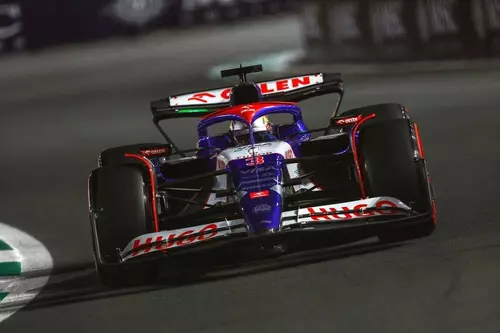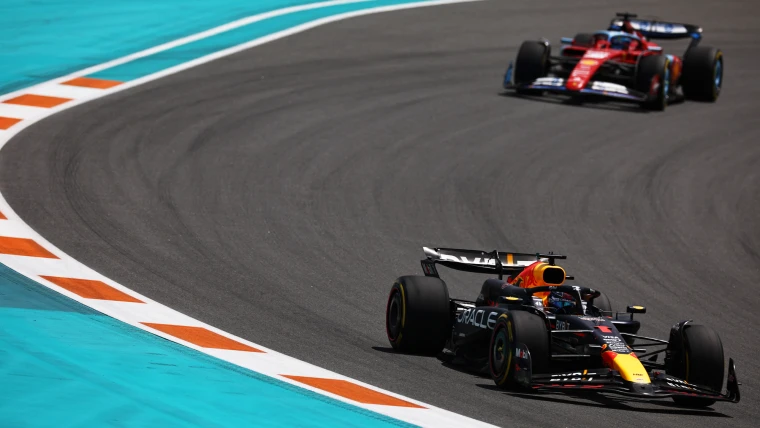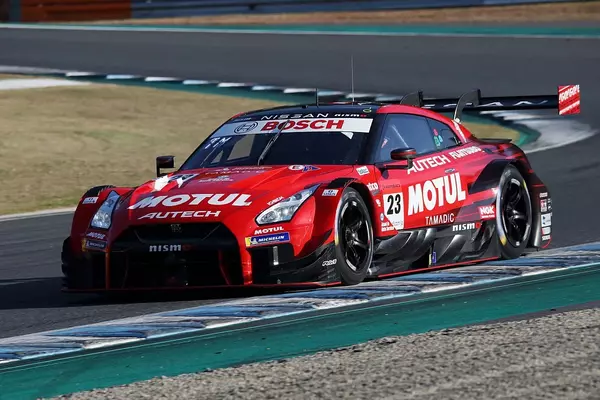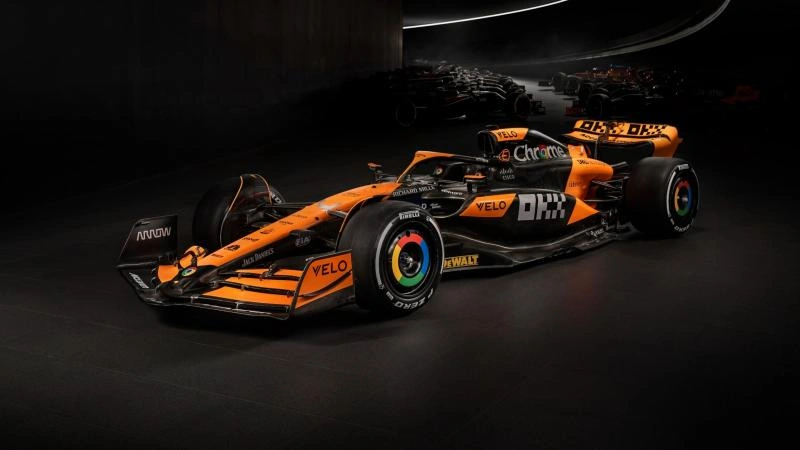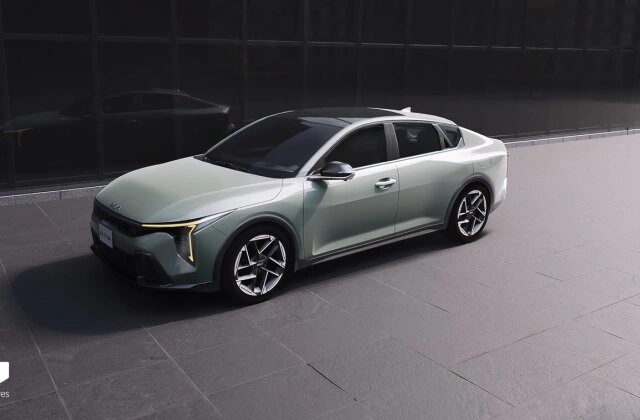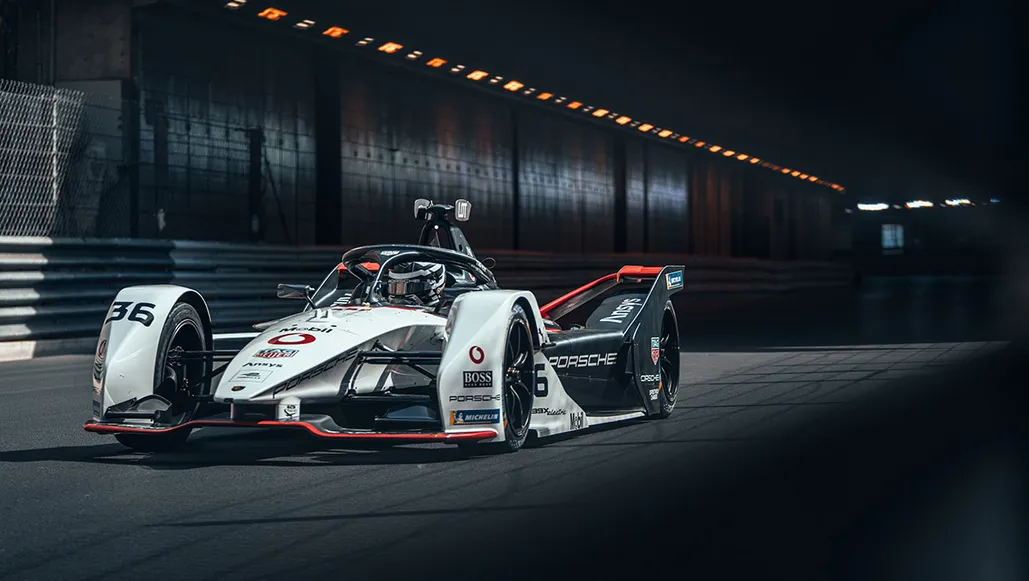Formula 1, often referred to as F1, is the pinnacle of motorsport, attracting millions of fans worldwide. One of the crucial elements that define the excitement of Formula 1 racing is the track itself. Each track presents a unique challenge to drivers and offers a distinct experience for spectators. In this guide, we delve into the intricate world of Formula 1 tracks, focusing specifically on the track for the 2024 season.
Bahrain International Circuit, Bahrain

This track, in the desert outside Manama, appeared in 2004 and offers long straights and a difficult last area. As the years have passed, the surface has become progressively rough, giving a test in tire wear, while the breeze is likewise a successive preliminary. Starting around 2014, the race has run around evening time under floodlights.
That very year, during the third race of the new super mixture time, Nico Rosberg drove Lewis Hamilton in the Drivers' Title by 25 coming into the race. Rosberg scored post; Hamilton began second. Hamilton passed him at the principal corner, and in a nearby fight as far as possible, the two Mercedes completed first and second, with Hamilton winning, and later closure the season as champion.
Jeddah Corniche Circuit, Saudi Arabia
Situated on the shoreline of the Red Ocean, this quick and streaming road circuit, first utilized by Equation 1 in quite a while, banked corners, various chicanes, and works with high normal rates. It was the last track at which Lewis Hamilton came out on top in a competition to date, back in 2021. The two following years, Red Bull drivers succeeded at the Saudi Bedouin Excellent Prix — Max Verstappen in 2022 and Sergio Perez in 2023.
Melbourne Grand Prix Circuit, Australia
Twisting around a lake in midtown Melbourne's Albert Park, the Melbourne Fantastic Prix Circuit is a novel mix of impermanent road course and super durable track, offering a difficult blend of quick straights and sharp corners. The circuit, which has facilitated the Australian Stupendous Prix beginning around 1996, is uneven, and its hold changes over time, while the side obstructions are near the track.
This recipe added to an oddity mishap in 2001, when Jacques Villeneuve flipped his vehicle. All the while, one of the wheels took off, went through a little opening in the wall, and killed a track marshal named Graham Beveridge.
Suzuka International Racing Course, Japan
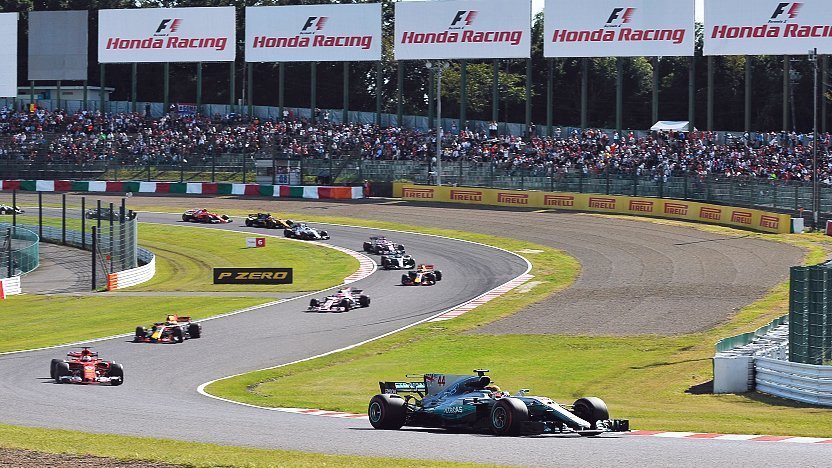
Set in the open country, 30 miles southwest of Nagoya, the Suzuka Global Dashing Course was worked in 1962 to at first act as a test track for Honda. This specialized and requesting circuit includes an exceptional figure-eight format and quick esses. With its thrill ride feel, it's generally expected named as a most loved track among drivers.
The racecourse is especially essential as the scenery for fights between Ayrton Senna and Alain Prost. For quite a long time, in 1989 and 1990, the drivers' title was concluded here after the two racers crashed into one another: In 1989, this occurred while they were partners at McLaren, and Prost took the title after the accident; while in 1990, with Prost in a Ferrari, Senna brought home the championship after the impact.
Shanghai International Circuit, China
Carefully designed for Recipe 1, the Shanghai Worldwide Circuit held its most memorable Amazing Prix in 2004, and has facilitated one consistently until 2019. This year will stamp the primary Equation 1 race in Shanghai since the Coronavirus pandemic. The course offers a blend of rapid corners and specialized segments. It was intended to seem to be the Chinese image for 'shang,' meaning upwards, when seen from the sky.
In 2007, participate in the sixteenth challenge in the 17-race season, new kid on the block Lewis Hamilton drove the series. The title was effectively inside his grip, yet his McLaren group saved him out on the track for a really long time. His tires wore out to the point that when he at long last entered the pits, he slid off the pit passage path and was stranded, making it difficult to proceed. He lost the title by one to Ferrari's Kimi Raikkonen at the following race.
Conclusion
The 2024 Formula 1 track represents the epitome of motorsport innovation and excitement. With its thrilling layout, world-class facilities, and commitment to sustainability, it promises to deliver unforgettable experiences for drivers, teams, and fans alike.
FAQs
Q. What makes a Formula 1 track unique?
Ans: Formula 1 tracks are designed to challenge the skills of drivers while providing a thrilling spectacle for spectators. Their configurations, elevation changes, and safety features set them apart from other racing circuits.
Q. How are Formula 1 tracks chosen for the calendar?
Ans: The selection process for Formula 1 tracks involves various factors, including track safety, facilities, historical significance, and fan interest. The calendar is typically finalized after extensive consultation with stakeholders.
Q. Are there any new regulations impacting track design?
Ans: Formula 1 regulations undergo periodic updates, which can influence track design. Recent changes have focused on enhancing safety standards and promoting sustainability, leading to innovations in track layout and infrastructure.
Q. What role do weather conditions play in Formula 1 racing?
Ans: Weather conditions can have a significant impact on Formula 1 races, affecting track grip, tire performance, and strategy decisions. Rain, in particular, adds an element of unpredictability, often leading to thrilling and chaotic races.
